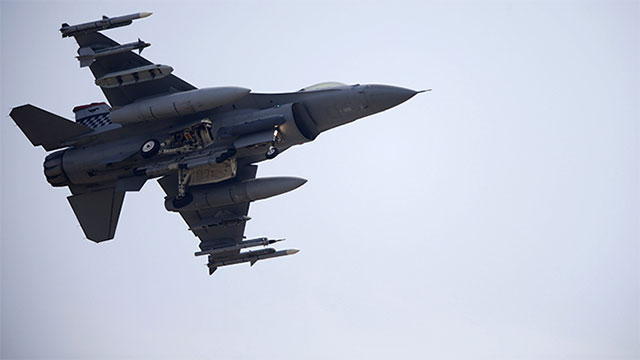
Pakistan among other counties like India, Australia, China, South Korea was the biggest importer for major arms, receiving 42% of global arms transfers in 2016–20, the Stockholm International Peace Research Institute (SIPRI) said in a report on Monday.
The United States, France and Germany - three of the world's biggest exporters - increased deliveries, but falls in exports from Russian and China offset the rise, SIPRI said adding that international deliveries of arms were flat in the period 2016-2020, ending more than a decade of increases
It was the first time since 2001–2005 that the volume of deliveries of major arms between countries - an indicator of demand - did not increase from the previous five-year period, SIPRI said.
While the pandemic has shut down economies across the world and pushed many countries into deep recessions, SIPRI said it was too early to tell whether the slowdown in arms deliveries was likely to continue.
"The economic impact of the COVID-19 pandemic could see some countries reassessing their arms imports in the coming years," Pieter Wezeman, senior researcher with the SIPRI Arms and Military Expenditure Programme, said in a statement.
Computerisation of arms permits extended in Punjab
"However, at the same time, even at the height of the pandemic in 2020, several countries signed large contracts for major arms."
The United Arab Emirates, for example, recently signed an agreement with the United States to purchase 50 F-35 jets and up to 18 armed drones as part of a $23 billion package.
Middle Eastern countries accounted for the biggest increase in arms imports, up 25% in 2016–20 from 2011–15.
Saudi Arabia, the world's biggest arms importer, increased its arms imports by 61% and Qatar by 361%.
"For many states in Asia and Oceania, a growing perception of China as a threat is the main driver for arms imports," said Siemon Wezeman, Senior

















COMMENTS
Comments are moderated and generally will be posted if they are on-topic and not abusive.
For more information, please see our Comments FAQ